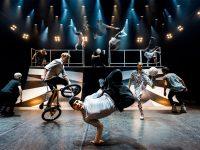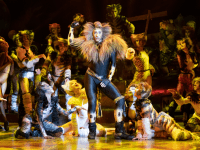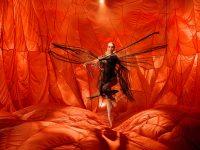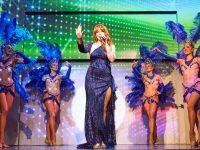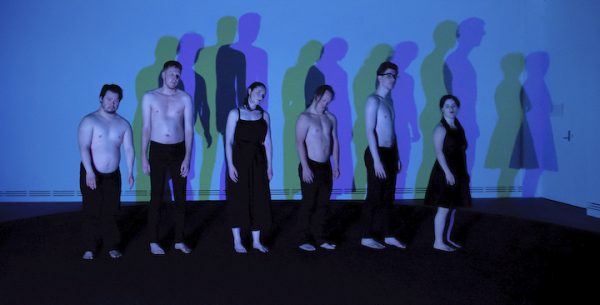
Sublime and Joyful Dance Experience by Restless Dance Theatre
Art Gallery South Australia, Adelaide, Saturday September 19
Reviewed by Amy Donohoe
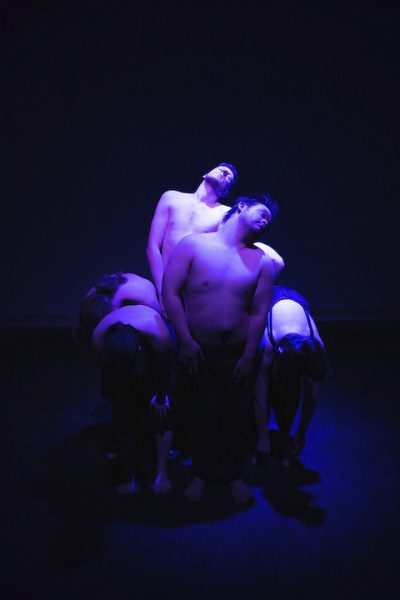
Seeing Through Darkness was created by Restless Dance Theatre as a physical response to the expressionist art series Miserere by Georges Rouault. The short 20 minute show performances were held over the month of September at the Art Gallery South Australia in situ with the exhibition. All performances were sold out.
Watch the performance below or on YouTube
Restless Dance Theatre is an inclusive company that works with young people with and without disabilities. The monochromatic works created by Rouault conveys the hardship and suffering witnessed in the First World War. As stated by the dance company’s Artistic Director Michelle Ryan, “the works of Rouault resonate with how people with disability can feel and be perceived” (AGSA 2020). This understanding makes the work both eye-opening and educational.
The dancers in the show are: Kathryn Adams, Chris Dyke, Jianna Georgiou, Michael Hodyl, Alexis Luke and Michael Noble.
[Please note: Restless Dance Theatre received an exception from SA Health for the dancers to have physical contact during these performances. Restless Dance Theatre also followed strict COVID-19 protocols in relation to seating arrangements.]
Upon audience arrival, the performers lay in a foetal position on a round-carpeted stage. An eerie soundscape with a hauntingly beautiful melody, created by Hilary Kleinig and Emily Tulloch, played as the audience took their seats. The performance began with the dancers situated under dim lighting, creating bold shadows echoing those created by Georges Rouault in his exhibited works.
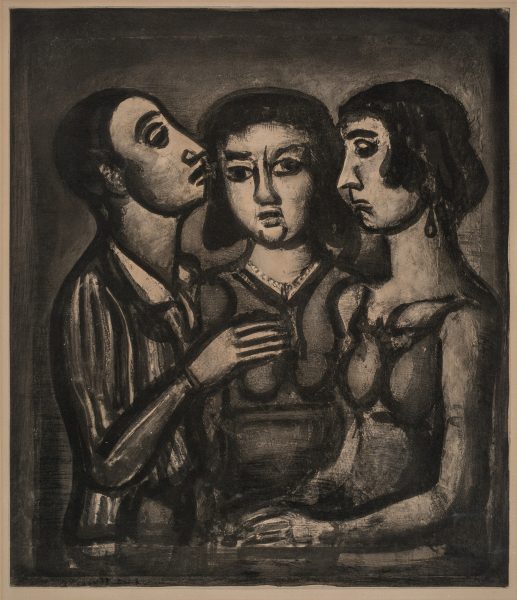
South Australian Government Grant 1958, Art Gallery of South Australia, Adelaide.
Although the choreography was simplistic, it was both effective and well-executed. The chemistry between the first duo showed connection and trust through the use of counter balance and physical touch. The choreographic devices; repetition, cannon and unison were used throughout; in conjunction with a variety of formations. The performers themselves showed a unique passion for dance, which made me smile throughout. Their enjoyment and passion was palpable.
The lighting design choices enhanced the overall performance and took my breath away. The design created by Geoff Cobham and Meg Wilson existed of three lights on a circular track around the performance space. As the dancers expressed their interpretations of Rouault’s works, the moving lights created silhouettes that danced across the four walls of the performance space. At one point each dancer stood stationary in positions similar to that of the characters in Rouault’s paintings, as the lighting circled them. This allowed the audience to see the dancer’s silhouette from different points of view. This also emphasised that art is subjective and can be viewed in many different ways. The combination of different coloured lights was visually pleasing and highlighted the many facets of human life.
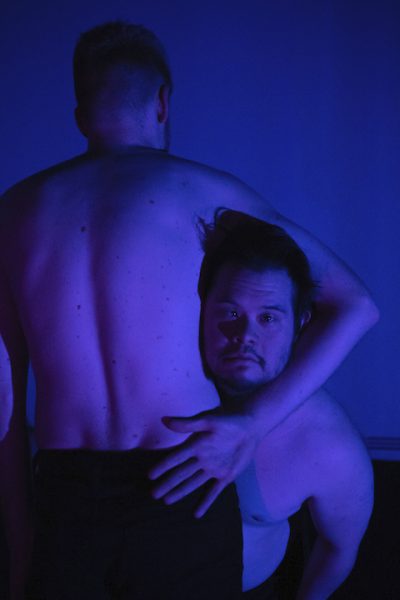
Due to COVID-19 restrictions there were only several spots for audience members. This space between each viewer allowed for an immersive experience, which may not have been achieved if more people were present in the room. The closeness to the dancers also allowed the dancers to connect with the audience, which made the performance more enchanting. Although these arrangements for COVID-19 had such positive outcomes, it is a pity that more people could not see this beautiful work.
After the dance piece, in the same space, a video created by Matt Byrne was projected on the wall. The video showed the dance piece from a variety of different camera angles, which could not be seen in the live performance. This immersive experience also allowed participants to experience the lighting on stage themselves. The audience could manipulate their shadows, which were created by the vibrant lights present in the show. For me personally, this additional experience made the performance even more magical; however, lots of the audience missed out on this aspect, as they were unaware of it.
It is deeply disappointing that this may have been one of the last performances by Restless Dance Theatre as they were unsuccessful in gaining funding from the Australian Council for the Arts for 2021. Restless Dance Theatre’s ability to bring visual art to life was not only beautiful; it evoked an emotional response from the audience. Overall, the show was highly enjoyable and worth watching in the unique performance space. This was a great collaboration between an inclusive dance company and the AGSA.

